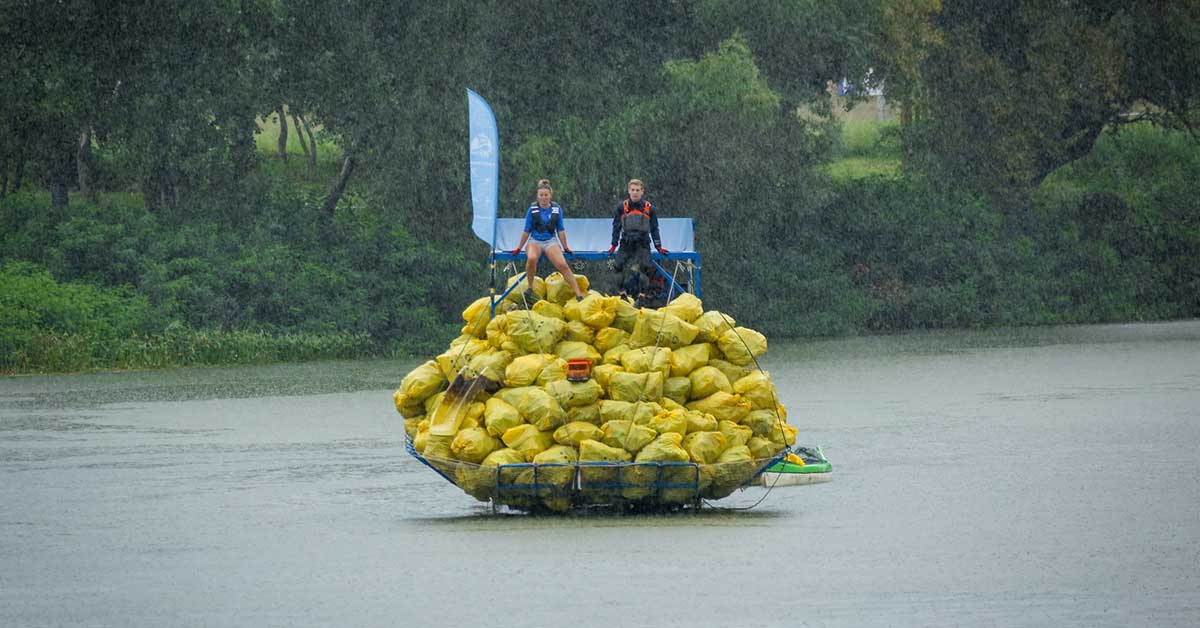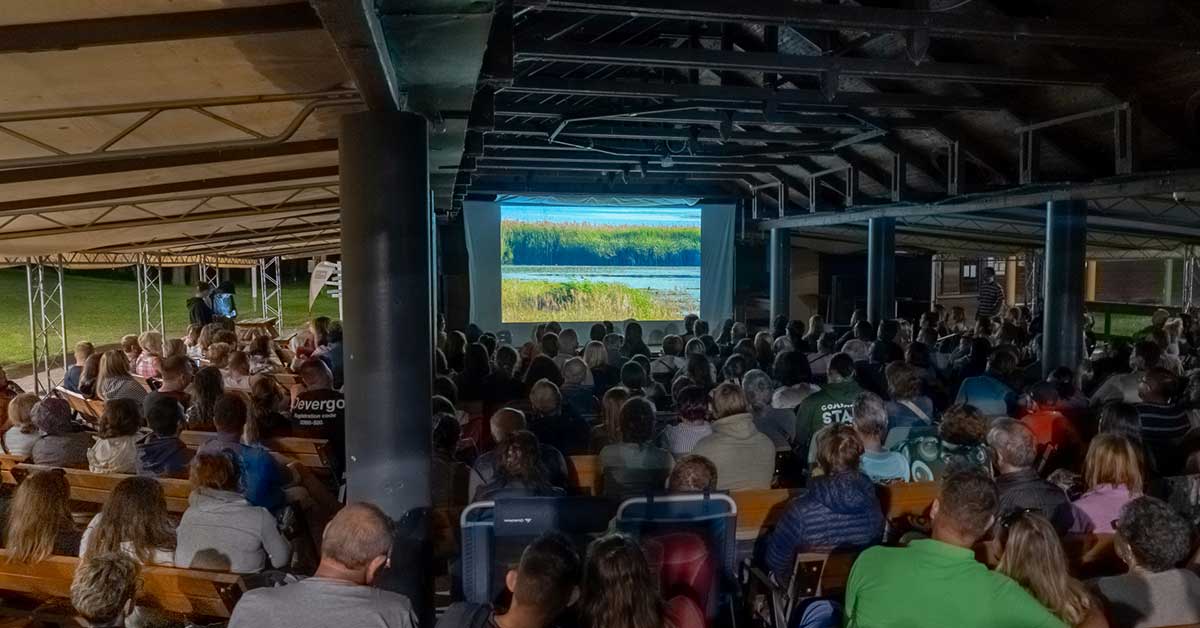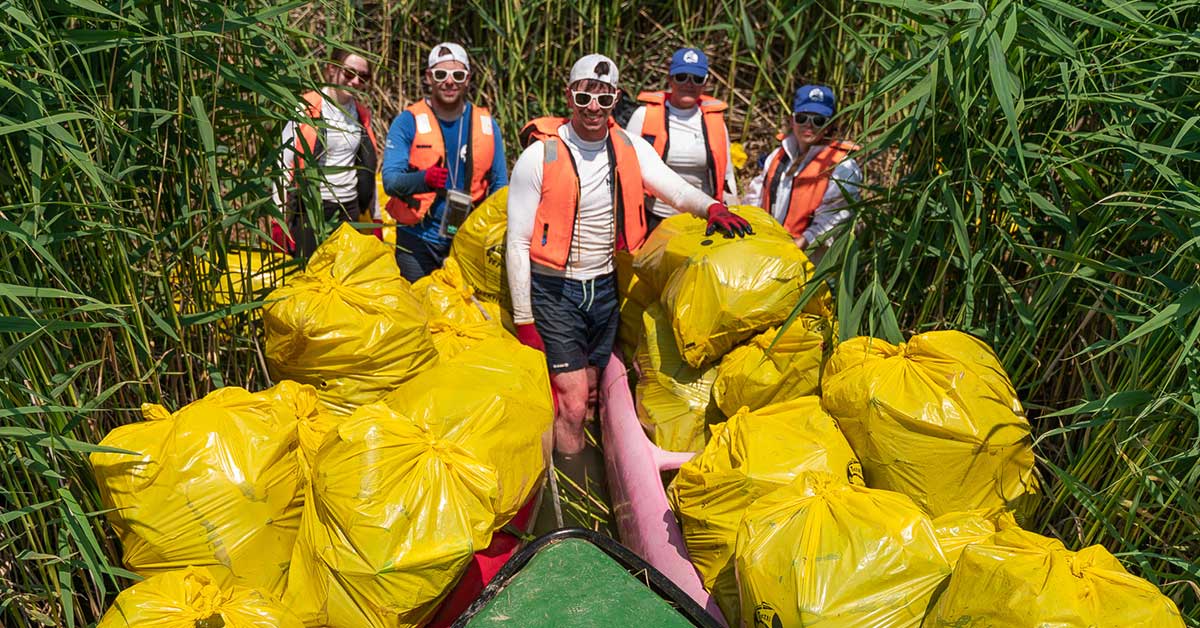If you’re visiting Lake Tisza, your experience presumably will be nothing short of a miracle, the fauna and flora may take your breath away. There’s a representative of the latter, that may have do it several times in a row.
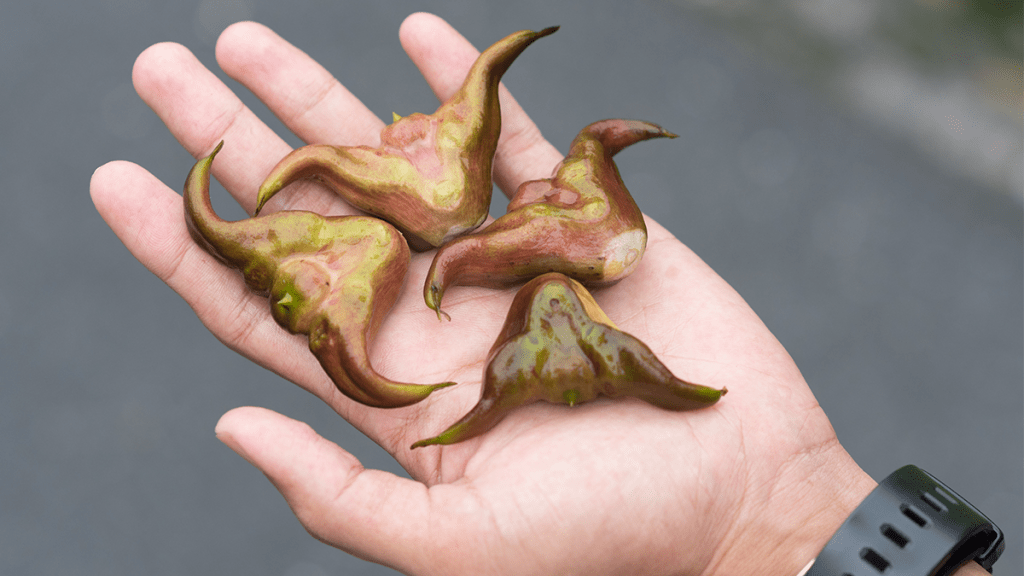
Carefulness is key
Water caltrop, often mistakenly called water chestnut, is a floating aquatic plant. Its shape resembles a bat with wings spread except in three dimensions you’ll immediately see why it is called a caltrop and not a cute-bat for example, and why is an encounter painful if you don’t expect it.
No matter how small the thorns look, they can pierce your slippers. Take care of the wound and you’ll certainly be a lot more careful for a week or two – it isn’t the patronising remark, it’s the experience that makes a blogger wise.
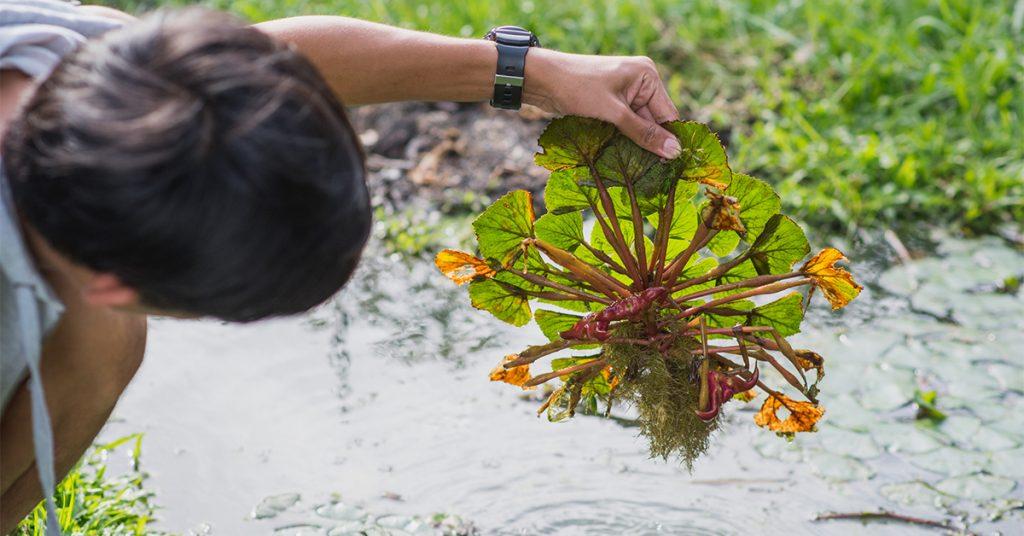
So, what can I do with this monster plant?
Although it’s considered a noxious plant in some states of the USA and Australia, in Asia fruits are eaten raw or boiled, and in many European countries, water caltrops were also consumed for about 3000 years, until the early 20th century. It took plenty of time mill it but where there was no wheat, it was a good alternative.
However, water caltrop started to disappear from Europe any more, due to river regulations and the disappearing floodplains and marshy areas, but Lake Tisza is still one of the few places where you can find it – and local artisans have reinvented the plant.
What was once food for the poor is now a hand-crafted specialty. There are chocolates filled with cream that tastes a little like sweet chestnut, and the more adventurous ones can also try a bottle of water caltrop flavoured beer.
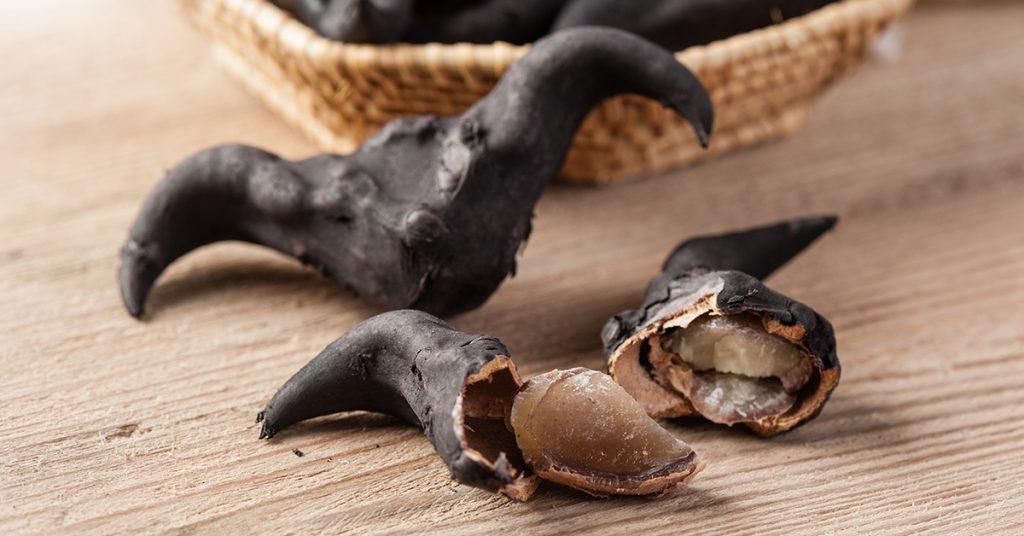
So who’s thirsty? 😉
